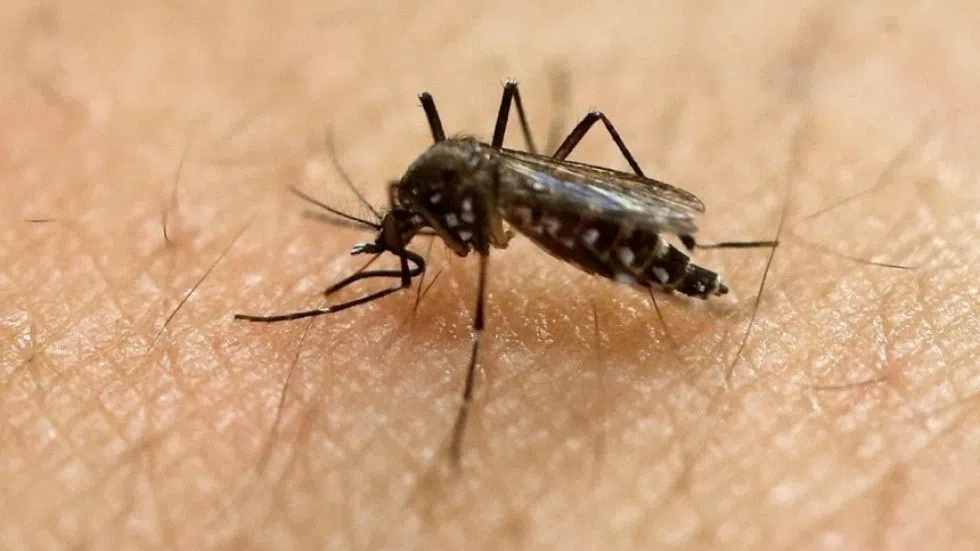
Health officials keep eye on West Nile Virus
While there is no evidence of West Nile Virus in the Battlefords currently, residents should continue to play it safe to reduce their risks, according to Prairie North Health Region.
“Every summer there is a program in place to monitor the emergence of West Nile,” said Prairie North Chief Executive Officer David Fan, following the Prairie North board meeting in North Battleford on June 28. “So far this year we haven’t seen any evidence of it. The mosquito that carries West Nile is not evident in Prairie North, in our part of the province. That’s a good sign, but it still means we need to keep on top of it to make sure that we monitor it.”
Dr. Denise Werker, Saskatchewan’s deputy chief medical health officer, said in a June 21 press conference, while there are no issues now, that can change from week to week as the summer progresses, since the warmer temperatures hasten the development of the Culex tarsalis mosquitoes, which are known to carry the West Nile Virus.
Werker said some people won’t even know if they have contracted the virus, so it’s important to be vigilant.


